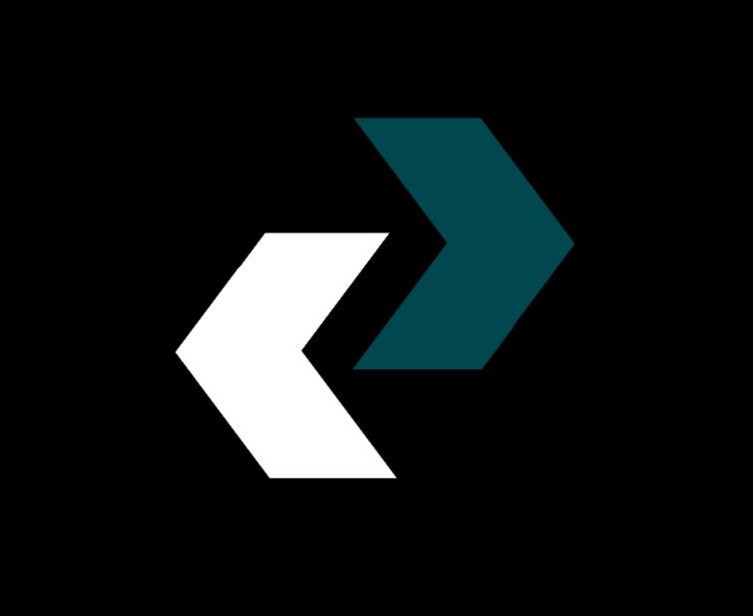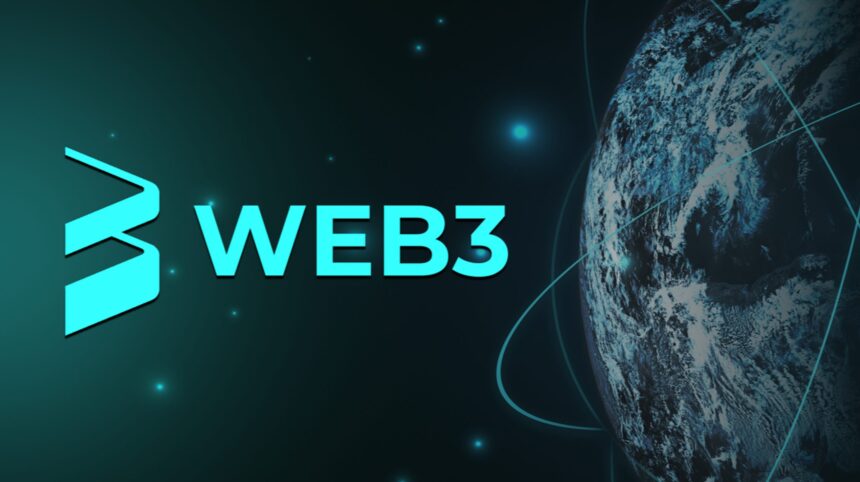Introduction to Web 3: The Next Digital Frontier
The evolution of the internet has been rapid, from static websites in Web 1.0 to the interactive and social web in Web 2.0. Now, we’re witnessing the rise of Web 3, a decentralized internet poised to change the way we interact, share, and transact online. This new phase promises to put more power in the hands of users, leveraging blockchain technology, decentralized applications (dApps), and digital assets to create a more secure, private, and user-controlled internet.
In this review, we’ll explore what Web 3 is, its key features, the technologies driving its growth, and how it will transform the way we live and do business.
What is Web 3?
At its core, Web 3 is a decentralized version of the internet. Unlike Web 2.0, which is heavily dominated by large tech companies like Google, Facebook, and Amazon, Web 3 aims to give power back to users. It is built on the blockchain—a distributed ledger that records transactions in a secure and transparent manner. With Web 3, users own their data, digital identities, and the platforms they use, reducing the reliance on third-party intermediaries.
- Advertisement -
Key Features of Web 3
- Decentralization: One of the primary features of Web 3 is decentralization. Information and data in Web 3 aren’t stored on centralized servers but distributed across multiple nodes. This makes it more secure and less prone to manipulation or censorship by any single entity.
- Blockchain Technology: Blockchain is the foundation of Web 3, offering transparent and tamper-proof record-keeping. All transactions and interactions are recorded on a public ledger, enhancing trust between users and platforms.
- Smart Contracts: Smart contracts are self-executing contracts with the terms of the agreement directly written into code. They automate and enforce transactions, removing the need for middlemen and reducing costs for users.
- Digital Ownership: Web 3 allows users to truly own their digital assets. Whether it’s NFTs (non-fungible tokens) representing artwork or digital currencies like Bitcoin, individuals can have direct ownership without relying on centralized platforms.
- Enhanced Privacy: Unlike Web 2.0, where personal data is collected and monetized by tech giants, Web 3 places a greater emphasis on privacy. Users can interact with the web without having to provide sensitive personal information.
- Interoperability: Web 3 applications, also known as dApps, can interact seamlessly with one another across different platforms. This interoperability increases flexibility and expands the ecosystem of decentralized services.
Technologies Behind Web 3
Several advanced technologies make Web 3 a reality. Here are the main pillars:
- Blockchain: Blockchain is the backbone of Web 3, providing the decentralized infrastructure required to support decentralized applications, cryptocurrencies, and smart contracts. Leading blockchains like Ethereum, Solana, and Polkadot are driving Web 3 adoption.
- Cryptocurrencies: Cryptocurrencies like Bitcoin and Ethereum serve as the economic foundation for Web 3. They are used to transfer value, reward participants, and fuel decentralized ecosystems.
- Decentralized Finance (DeFi): DeFi is a financial system built on blockchain that operates without traditional banks. Users can lend, borrow, and trade assets directly, bypassing intermediaries. DeFi protocols such as Aave, Uniswap, and Compound are already reshaping finance.
- NFTs and Tokenization: NFTs are unique digital assets representing ownership of a specific item or piece of content. They are essential to Web 3 as they allow artists, creators, and even businesses to tokenize their assets, creating new revenue streams and opportunities for interaction.
- Decentralized Autonomous Organizations (DAOs): DAOs are organizations run by code, where decisions are made democratically by token holders. They are set to revolutionize governance, allowing for decentralized decision-making in companies, projects, and even governments.
- dApps (Decentralized Applications): dApps are the primary method of interacting with Web 3. These applications run on blockchain networks instead of centralized servers, offering better security, autonomy, and transparency. Popular dApps include decentralized exchanges, social platforms, and games.
Benefits of Web 3
- User Empowerment: In Web 3, users have greater control over their data, identities, and digital assets. They can decide how their data is used and even monetize it if they wish. This decentralization reduces the dominance of tech giants, fostering a more equitable digital ecosystem.
- Greater Security: Web 3’s decentralized architecture makes it more resilient to hacks and data breaches. Since there’s no central point of failure, malicious actors would need to compromise a majority of the network to cause damage, which is nearly impossible.
- Financial Inclusion: One of Web 3’s biggest advantages is its potential to bring financial services to those who are unbanked or underbanked. With cryptocurrencies and DeFi platforms, anyone with internet access can participate in the global economy.
- Transparency: Blockchain ensures that all transactions and interactions are transparent and traceable, which increases trust and reduces fraud. This is especially useful in sectors like finance, supply chain management, and governance.
- New Business Models: Web 3 introduces new business models that were previously impossible. From tokenizing real-world assets to decentralized governance through DAOs, businesses now have innovative ways to raise capital, interact with users, and manage operations.
Challenges Facing Web 3

While Web 3 offers numerous advantages, it’s not without challenges:
- Scalability: Blockchain networks, particularly those based on proof-of-work like Bitcoin, face scalability issues. As more users and dApps join the ecosystem, networks become congested, leading to slower transaction times and higher fees. Solutions like Ethereum 2.0 and layer-2 protocols aim to address these issues.
- Energy Consumption: Proof-of-work blockchains are notorious for their high energy consumption. Mining cryptocurrencies like Bitcoin requires significant computational power, leading to environmental concerns. Alternatives such as proof-of-stake offer more energy-efficient solutions, but widespread adoption is still in progress.
- Regulatory Uncertainty: Governments around the world are grappling with how to regulate decentralized technologies. Lack of clarity on legal frameworks for cryptocurrencies, NFTs, and DeFi creates uncertainty for businesses and investors. Future regulations could either foster or hinder the growth of Web 3.
- User Experience: Despite its promise, the user experience in Web 3 can be complex and daunting for non-tech-savvy individuals. Setting up a digital wallet, managing private keys, and interacting with dApps require a learning curve that could slow adoption.
- Adoption: While Web 3 is growing, it still lacks the mainstream adoption that Web 2.0 enjoys. Convincing businesses, governments, and users to transition to decentralized systems will take time and effort.
Future of Web 3
Web 3 is still in its early stages, but its future looks promising. Here’s what we can expect in the coming years:
- Mass Adoption: As scalability solutions improve and user-friendly dApps are developed, we will likely see mass adoption of Web 3 technologies. More industries will explore tokenization, decentralized finance, and digital ownership, leading to broader acceptance.
- Interoperability Between Blockchains: As different blockchains begin to interact seamlessly with one another, the Web 3 ecosystem will become more robust. This will foster collaboration between projects and provide users with more versatile tools and services.
- Improved Regulations: As governments understand the potential of blockchain, clearer and more supportive regulations are expected. These regulations will help ensure security, reduce fraud, and encourage innovation while safeguarding users’ rights.
- Integration with Web 2.0: Web 3 isn’t expected to completely replace Web 2.0 but will likely integrate with it. Hybrid models will emerge, allowing users to enjoy the benefits of decentralization while maintaining the familiar user experiences of traditional platforms.
Web 3 represents the future of the internet, offering decentralized solutions that put control back into the hands of users. Although challenges such as scalability and regulation need to be addressed, the potential for revolutionizing industries and empowering individuals is immense. As blockchain technology continues to evolve, Web 3 could reshape the digital landscape, creating a more inclusive, transparent, and secure internet for all.

